May 2022 Skyward by David Levy
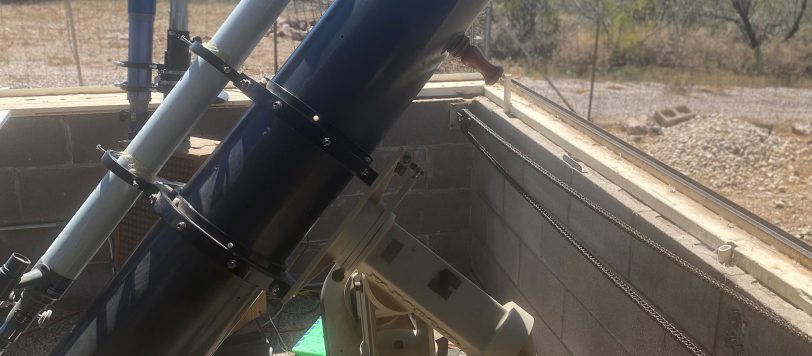
In the late summer of 1964 I was leaving the Observatory of the Royal Astronomical Society’s Montreal Centre with some friends, one of whom was David Zackon. I asked the group if they would like to drop by my house to observe with a 3.5-inch reflector. Before they had a chance to answer, David upped the ante by asking if we’d like to come by his house to look through an 8-inch reflector.
When we arrived at his place, we found a very competent 8-inch reflector with a focal ratio of 7. It gave us wide field views of Jupiter and Saturn plus a few other nice things to see. It was rather pleasant. Just a week later, David telephoned me to invite me for a second look. As we used the telescope to view Saturn, David was adjusting one of the mount’s large bolts. As I looked at Saturn I remarked, “I think that’s Titan,” after seeing one of the planet’s large moons. David looked up toward me and said, “No, it is still loose.”
David told me that he was soon to leave for his university year, and each year he had a tradition of lending the 8-inch to someone who would use it. He then began asking me a few questions, and I told him that I had observed most of the planets, especially Jupiter.
“And the Moon, I suppose.”
“Yes. And just a few weeks ago I completed the Lunar training program.”
“The whole program? All three hundred craters?”
“Yes, and the 26 (lettered A to Z) mountain ranges, valleys, and the Straight Wall.”
“You did all this with a 3 ½-inch telescope?”
“Yes.”
“David, you’ve just borrowed an 8-inch telescope.”
It is difficult to describe the feeling of joy I felt as the new telescope and I returned home and I spent the rest of the night getting acquainted with it. The following day I decided to name it Pegasus, after the large satellites that NASA was launching at the time in on their new Saturn 1 rockets. When my grandfather found out about this a few days later he was thrilled. “I am especially proud of David, he said, “for having the insight to know that you would put it to good use.”
Over the next several months Pegasus was used heavily. When David returned from school, Constantine Papacosmas, another good friend, suggested that my parents purchase the telescope for me. David agreed, and we settled on a $400 price for it.
On December 17, 1965, I used Pegasus to begin my comet searching program. Twenty-two years later, on the evening of October 11, 1987, Pegasus and I discovered Comet C/1987Y1.
The name Pegasus has since been attached to other fine Pegasus telescopes. One of them is a large 20-inch belonging to Lario Yerino from Kansas City. I used this fine telescope one autumn while attending the Heart of America Star Party.
The third Pegasus belongs to Carl Jorgensen, one of my closest friends and someone I have known since 1963. He brings it each year to our Adirondack Astronomy Retreat in the mountains near Lewis, NY. Under the peaceful and beautiful Adirondack sky, when my left eye touches the eyepiece of this telescope, my mind wanders back to those earlier years when I began using my Pegasus during the springtime of my life.
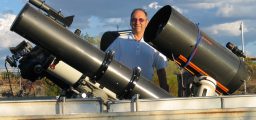
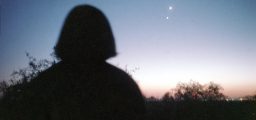
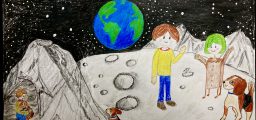
Comments are closed.